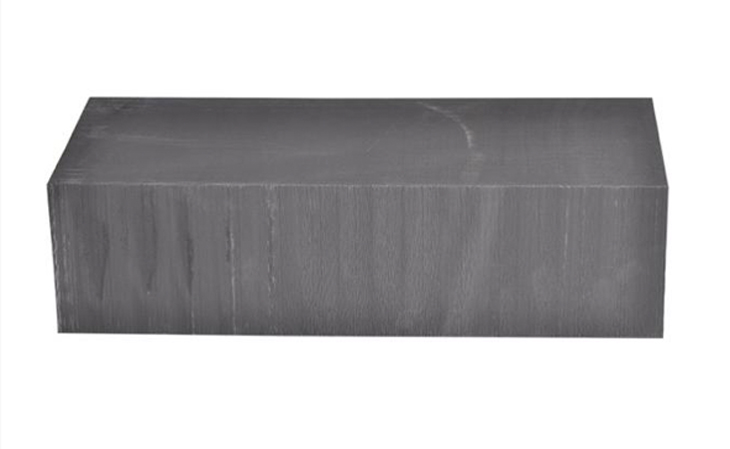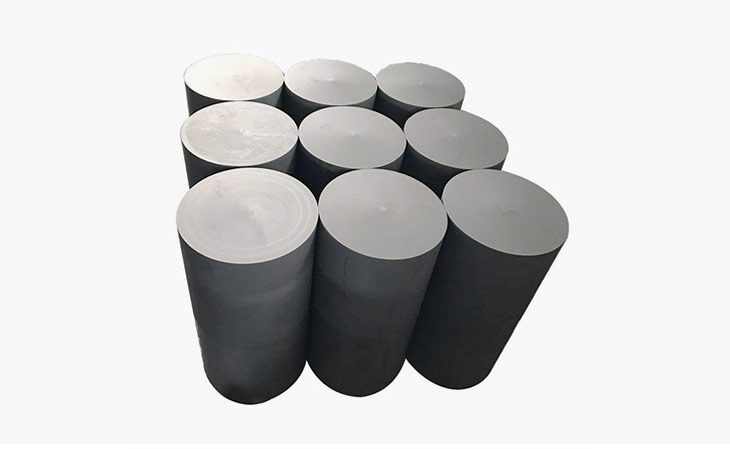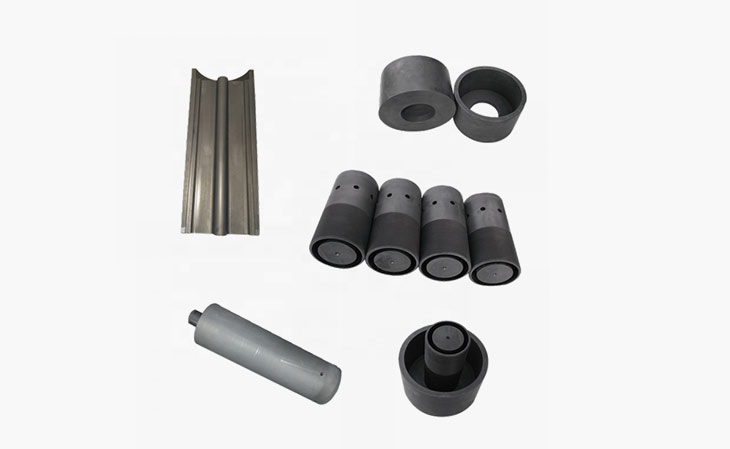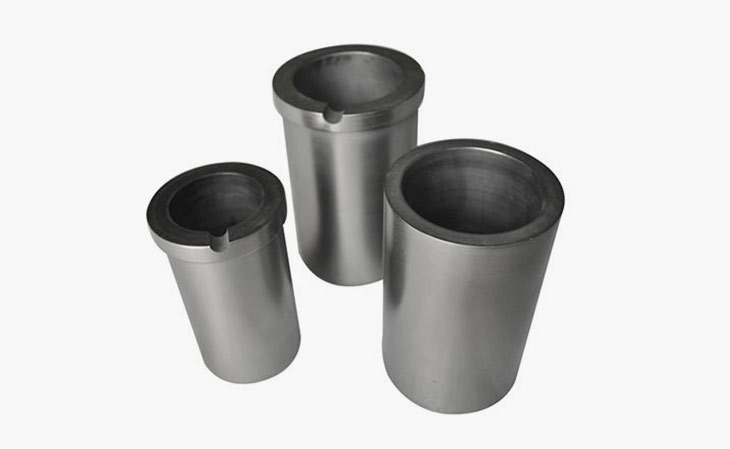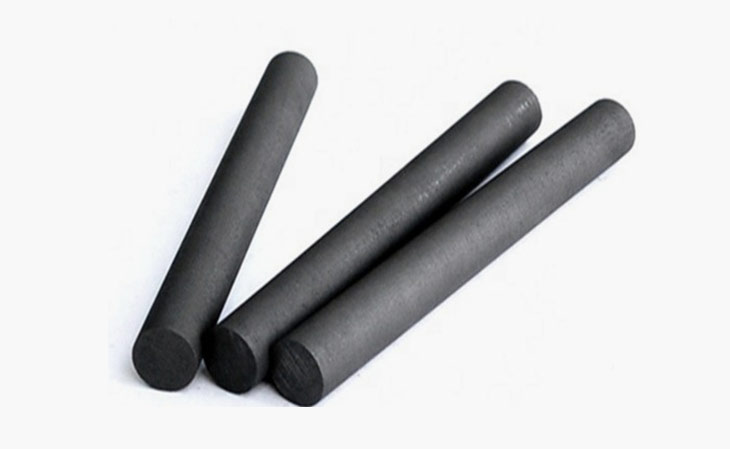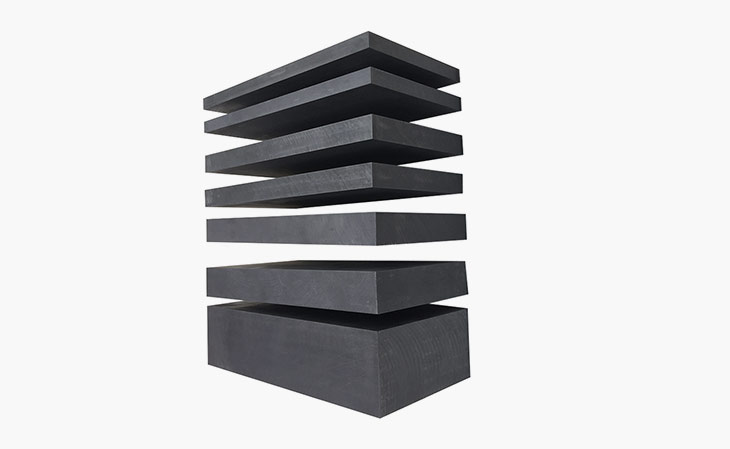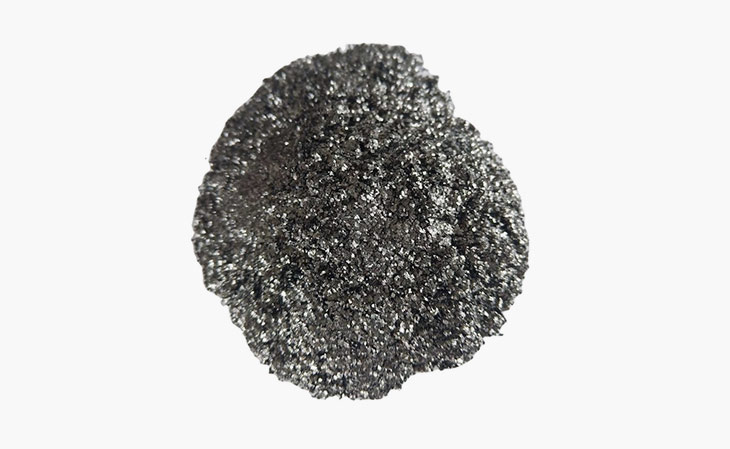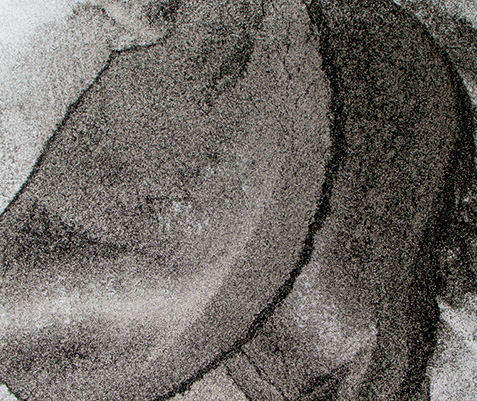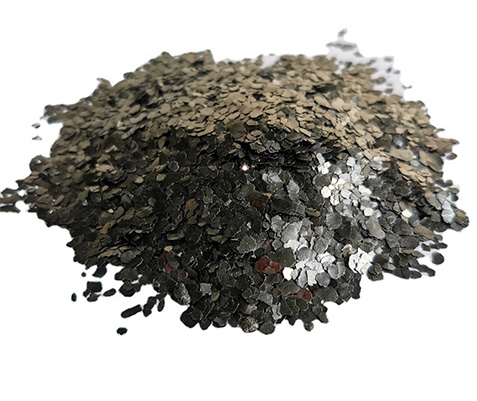Graphite powder is widely used in refractory materials and coatings in the metallurgical industry, stabilizers for military explosive materials, desulfurizers in the smelting industry, pencil leads in the light industry, carbon brushes in the electrical industry, electrodes in the battery industry, catalysts in the fertilizer industry, etc. After continuous in-depth processing of flake graphite, a kind of graphite milk can be produced, which can be used for other lubricants, mold release agents, wire drawing agents, conductive coatings, etc., and can also be used for production and development of expanded graphite for flexible graphite products in enterprises Main raw materials, such as flexible graphite seals and flexible graphite composite chemicals.
Graphite Powder Properties
1. Has good thermal conductivity and electrical conductivity. The electrical conductivity of common OEM graphite powder is good. Although it cannot be compared with metals such as aluminum, iron, and copper, its electrical conductivity is quite high compared with other common materials, three times that of carbon steel and five times that of stainless steel. Metal materials are 100 times higher. It has a high temperature under super thermal insulation performance, and it is usually different from metal materials. Generally, the thermal conductivity of metals increases with the increase of temperature. Graphite powder tends to be adiabatic at extremely high temperatures.
2. With super high-temperature resistance. Generally, when the material exceeds 2000 °C, gas is generally generated in the molten state, but the graphite powder does not melt, and its melting point is about 3900 °C, and the boiling point of 4250 °C. The loss of ultra-high temperature graphite powder is very low.
3. Good lubricity. The friction coefficient of graphite powder can be less than 0.1, and the performance of the lubrication system varies with the size of the flakes. The larger the flakes, the smaller the friction correlation coefficient and the better the performance of the lubricating material.
4. Excellent thermal shock resistance. Graphite powder has good thermal shock resistance. When the temperature changes suddenly, its thermal expansion coefficient is small, and its good thermal stability makes its graphite-related products not crack.
5. Good chemical stability. At room temperature, graphite has excellent chemical stability and is resistant to acid, alkali and organic solvent corrosion.
Graphite Powder Uses for Mold-Release Lubricant in Fertilizer Industry
Graphite powder finds an essential role as a mold-release lubricant in the production of catalysts within the fertilizer industry. Catalysts are substances that facilitate chemical reactions without being consumed themselves. In the fertilizer manufacturing process, catalysts are often used to optimize the production of ammonia and other vital compounds. To create catalysts with intricate and precise shapes, molds are employed. However, these molds can pose challenges during the extraction of the finished catalysts.
Graphite powder, with its exceptional properties, serves as a mold-release lubricant in this context. Its high-temperature resistance, excellent thermal stability, and lubricity are crucial attributes that make it an ideal choice. Graphite powder prevents the adhesion of the catalyst material to the mold, enabling the easy removal of the finished catalyst. This use of graphite powder ensures that the catalysts maintain their intended shape and quality, contributing to the efficiency of the fertilizer production process.
Graphite Powder Uses for High-Temperature and Corrosion-Resistant Lubricant
Graphite powder's unique properties, including high-temperature resistance and high lubricity, make it a valuable material for use as a lubricant. When high purity graphite powder is employed, it serves as a base material for high-temperature-resistant lubricants and corrosion-resistant lubricants.
In applications where extreme temperatures are encountered, conventional lubricants may fail, deteriorate, or lose their effectiveness. High-temperature-resistant lubricants are crucial in industries such as manufacturing, metallurgy, and aerospace, where equipment and components are exposed to extreme heat. Graphite powder, with its ability to withstand temperatures well above 2000°C, ensures that lubrication remains effective in these demanding conditions.
Corrosion-resistant lubricants are vital in industries where materials are exposed to corrosive environments. The corrosion-resistant properties of graphite, combined with its lubricating capabilities, make it an excellent choice for such applications. Whether in the chemical industry, marine environments, or other settings where corrosion poses a threat, graphite-based lubricants help protect equipment and components from degradation.
In both high-temperature and corrosive environments, graphite-based lubricants contribute to the longevity and reliability of machinery and materials. They reduce friction, prevent wear and tear, and ensure that operations continue smoothly and efficiently, even under extreme conditions.
Graphite Powder Uses for Powder Metallurgy and Cable Production
Graphite powder plays a crucial role in the field of powder metallurgy, where it is employed as a mold release agent and a key raw material for metal alloys. The use of graphite powder in powder metallurgy is essential for producing intricate metal components with high precision. When used as a mold release agent, graphite powder prevents the adhesion of metal particles to the mold, facilitating easy removal of the finished part. This property is especially valuable in the production of complex and finely detailed metal parts.
In cable production, China graphite powder is utilized as a lubricant, where its exceptional high-temperature resistance and lubricating properties come into play. Cable manufacturing processes involve the extrusion of metals or polymers, and the addition of graphite powder as a lubricant ensures smoother and more efficient cable production. The lubrication properties of graphite powder help reduce friction, making the extrusion process smoother and more precise, resulting in high-quality cables.
Graphite Powder Uses for Electronics and Conductive Coatings
Another significant application of graphite powder is in the electronics industry. Graphite powder is used to manufacture carbon film resistors, which are important components in electronic circuits. Carbon film resistors are known for their stability, high precision, and low noise characteristics. Graphite powder is used in the fabrication of the resistive element in these components, ensuring their reliability and consistent performance in a wide range of electronic devices, from consumer electronics to industrial equipment.
Moreover, graphite powder is instrumental in the production of conductive dry molds and the preparation of conductive coatings. Conductive dry molds are used in various manufacturing processes, including the production of electronic components, where precision and repeatability are crucial. Graphite's lubricity, thermal stability, and conductivity make it a preferred material for creating these molds.
Conductive coatings, on the other hand, are used to impart electrical conductivity to surfaces. Graphite powder is a key component in these coatings due to its excellent electrical conductivity. It is used in applications where electrical contact, static dissipation, or electromagnetic shielding is necessary. Conductive coatings are widely employed in the electronics, automotive, aerospace, and telecommunications industries to enhance the electrical properties of components and structures.
Graphite Powder Uses for Enhancement of Rubber, Plastic, and Composite Materials
Graphite powder serves as a valuable filler and performance improver in various materials, such as rubber, plastic, and composite materials. Its addition enhances the wear resistance, compression resistance, and conductivity of these materials. In rubber and plastic products, the incorporation of graphite powder results in improved mechanical properties, making them more durable and resilient. It also imparts electrical conductivity, which can be advantageous in specific applications.
In composite materials, the inclusion of graphite powder enhances their overall performance. These materials are used in a wide range of industries, including aerospace, automotive, and construction. Graphite's properties make it an excellent choice for strengthening composites, improving their wear resistance, and imparting electrical conductivity when needed.
 English
English
